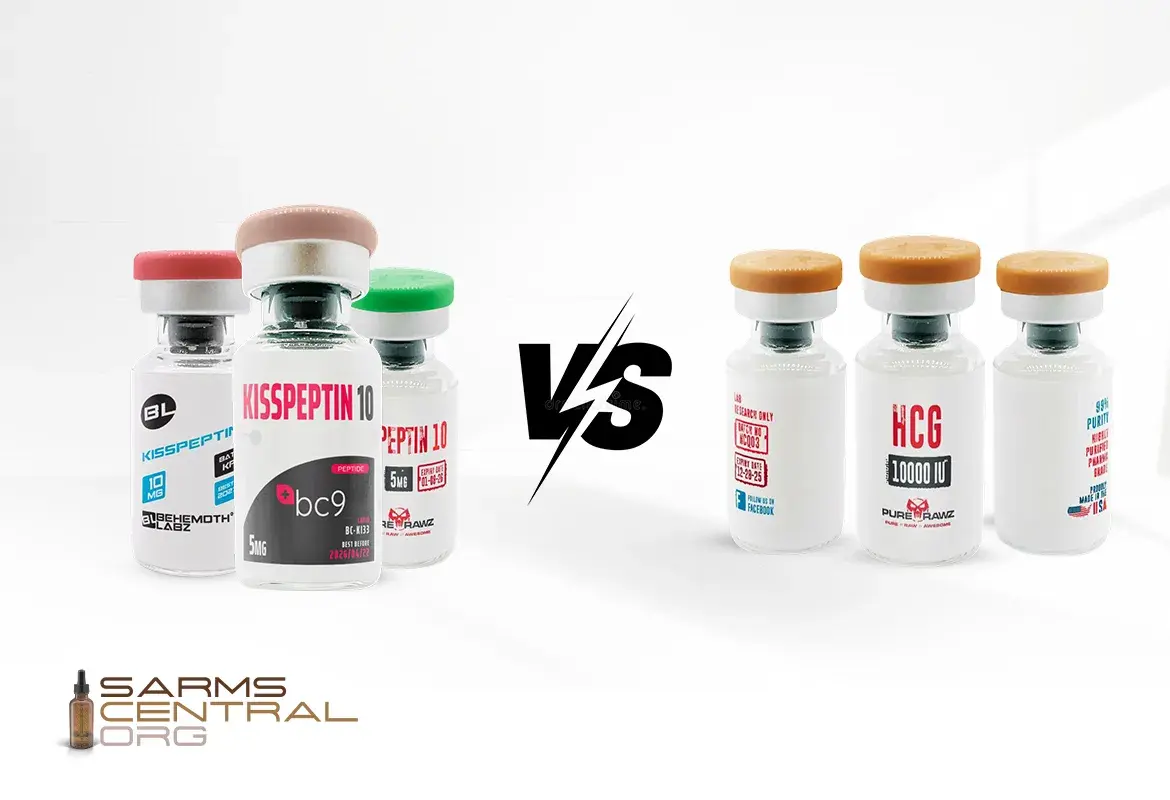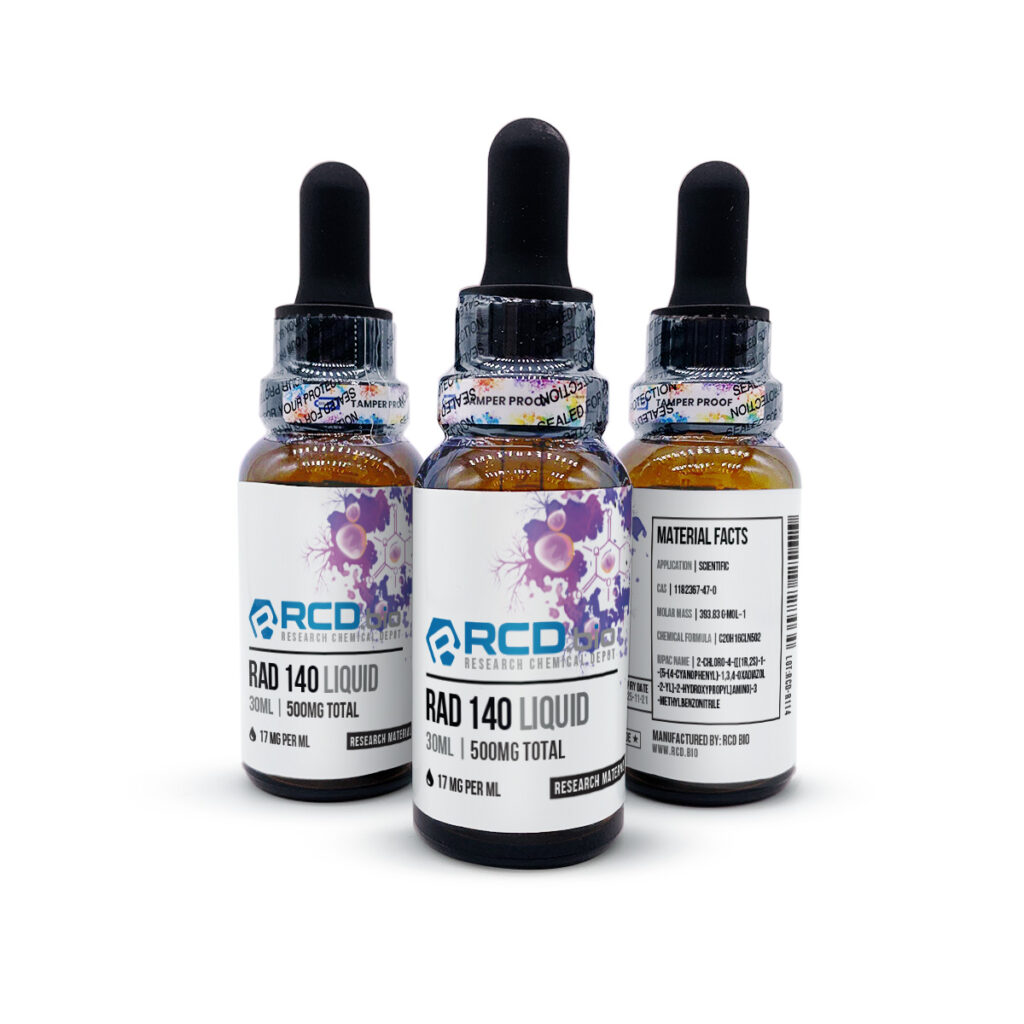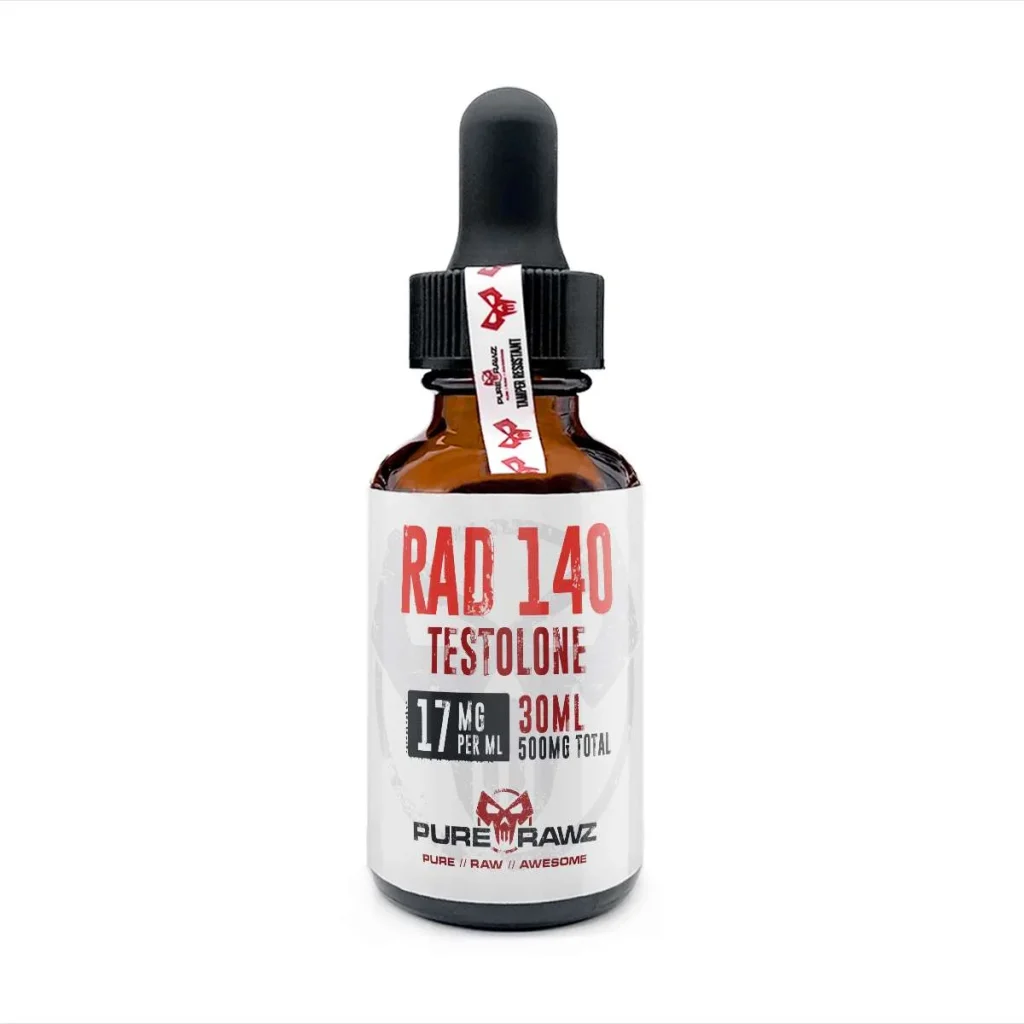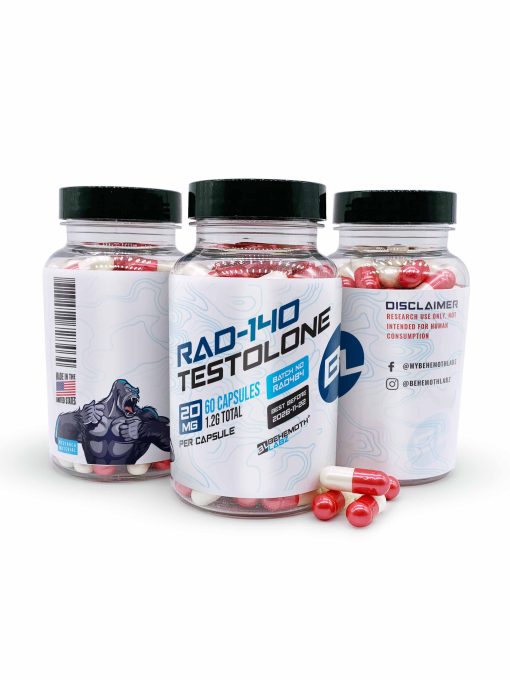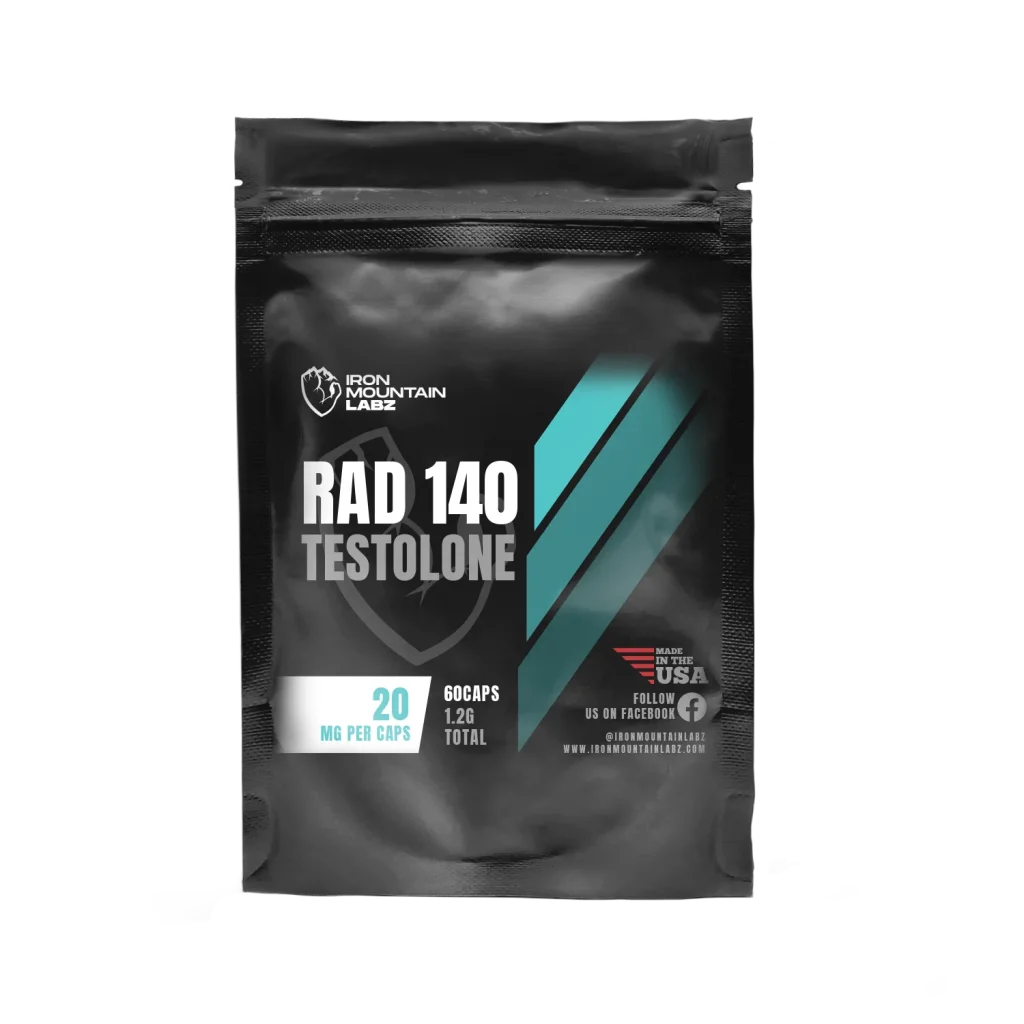SARMs (Selective Androgen Receptor Modulators) are investigational compounds that have gained popularity in bodybuilding communities. SARMs are being researched for potential effects on muscle, bone density, and performance, though their safety and efficacy in humans are not well-established. The article will cover Selective Androgen Receptor Modulator FAQ and try to answer those queries in as much detail as possible.
1. What are SARMs?
The human body’s ARs, or androgen receptors, are known to promote the development of muscles. SARMs specifically target these AR receptor tissues, increasing protein synthesis to stimulate development in the muscular tissues. As a result of the product’s composition, may increase muscle mass, but they may carry significant risks and potential side effects.
2. What does a Selective Androgen Receptor Modulator Mean?
Selective Androgen Receptor Modulator are designed to selectively target androgen receptors in the body, specifically muscle and bone tissue while minimizing the impact on other organs and tissues. This selectivity is believed to reduce the side effects commonly associated with traditional anabolic steroids. Hence the name is given to them as Selective Androgen Receptor Modulators.
This targeting ability is what makes them distinct from anabolic steroids.
3. What is the Mechanism of Action?
SARMs function by selectively binding to androgen receptors in certain tissues. They do this by stimulating the androgen receptors in the muscles and bones, which encourages the creation of new muscle tissue and the density of existing bone while reducing activation in other tissues.
4. How do SARMS Work?
SARMs selectively bind to androgen receptors rather than broadly affecting multiple receptor systems. They are particularly selective in their targeting of AR, unlike other dietary supplement product labels in the market that target tissues and body receptors more broadly. Thus, a selective androgen receptor modulator minimizes undesirable side effects by not affecting the other remaining nuclear receptors, including steroid receptors.
5. Can SARMs be Used in Medical and Research Applications?
They were initially created for medicinal use, and they have been investigated for conditions such as muscle wasting, osteoporosis, and hypogonadism. Their potential uses include the treatment of numerous illnesses and situations where promoting bone and muscle growth is advantageous.
6. Are they Effective for Muscle Building?
Due to their ability to promote muscle growth and improve physical performance, SARMs have gained popularity in the fitness and bodybuilding communities. Athletes and bodybuilders use them as alternatives to traditional steroids to achieve similar effects with potentially fewer side effects.
Studies suggest that it may support bone density and muscle growth by enhancing the body’s natural skeletal muscle hypertrophy, though research is still limited.
7. Do SARMs Enhance Performance and Endurance Levels?
Selective Androgen Receptor Modulator are a class of drugs that have been developed for various medical purposes, including the treatment of conditions like muscle wasting and osteoporosis.
Despite being banned by the World Anti-Doping Agency (WADA), some athletes and bodybuilders have used them in attempts to enhance performance.
Early clinical trials suggest SARMs may influence muscle growth, but long-term safety and efficacy are not established. This could theoretically lead to increased strength and improved athletic performance. {R} SARM users report increases in energy levels that allow them to push through the most intense workouts. {R}
8. Do SARMS help in the Loss of Body Fat?
SARMs have been studied for their potential to help with body fat loss besides providing increased muscle mass and bone density enhancement. In animal studies, they were shown to increase muscle mass and reduce fat in castrated mice. {R}
9. How many Types of SARMs are there?
There are several types, each with its unique properties and potential benefits. Some common examples include Ostarine (MK-2866), Ligandrol (LGD-4033), Andarine (S-4), and Rad-140 (Testolone).
10. Are there any Side Effects and Health Risks associated with SARMs?
While Selective Androgen Receptor Modulator are designed to be more selective than steroids, however, as the case is with investigational drugs, one is bound to have certain side effects.
Side effects can occur even at typical dosages. Studies and reports show health problems may include {R}:
- Increased risk of heart attack or stroke
- Psychosis (hallucinations)
- Sleep disturbances
- Liver injury (liver disease)
- Use during pregnancy is strongly contraindicated and may harm fetal development.
11. Are SARMs well-researched?
Research is ongoing, focusing on muscle wasting and bone-related conditions. Long-term safety is unknown
Animal studies have already shown a maximal effect of around 66% of the anabolic action of testosterone while keeping the potency as an androgen to a minimal effect of 27% only. {R} {R}
12. Are SARMs the same as Steroids?
No. While both can enhance muscle growth, SARMs selectively target androgen receptors in muscle and bone, whereas steroids broadly affect multiple tissues, leading to more side effects.
13. How do I take SARMs?
Dosages and cycles can vary based on the specific SARM being used. It’s crucial to follow recommended guidelines, and consulting with a healthcare professional is advised.
14. Are post-cycle therapies (PCT) necessary with SARMs?
Some users recommend PCT to help the body recover its natural hormone production after a SARM cycle. However, the necessity and effectiveness of PCT for SARMs are still debated among experts.
15. Can women use SARMs?
While some women use SARMs, they should be cautious due to the potential for androgenic side effects. Their effects on women are not as well-researched as men and may affect normal hormonal balance.
16. Are there natural alternatives?
Yes, various natural alternatives and traditional methods, such as proper nutrition, exercise, and adequate sleep, can promote muscle growth and overall health without the potential risks associated with Selective Androgen Receptor Modulator or other research chemicals.
17. What is the recommended Dosage?
As obvious, gender, weight, body type, and medical history are major factors based on which dosage of SARMs should be set by a professional healthcare provider. Generally, based on average users, it is recommended that they (in general) may be taken in a dose of 10-20 mg for 30 to 60 days. Dosage and cycle length vary by compound, and because they are not approved for human use, there are no medically established safe doses.
18. Are SARMs Legal?
Though the World Anti-doping Agency and FDA are yet to approve its use for human consumption, their ever-growing popularity may end up resolving legality issues soon.
19. Where to Buy?
PureRawz, RCDBio and BehemothLabz are the best places if you are interested in buying SARMs online.


